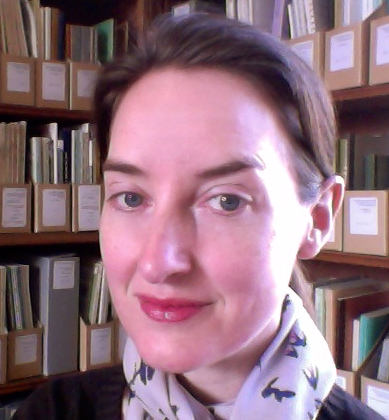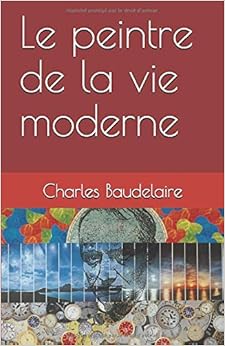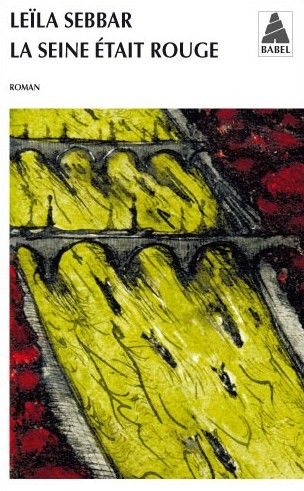FR362 The City of Paris and the Modern Imagination
| Module Code: FR362 |
|---|
| Module Name: The City of Paris and the Modern Imagination |
| Module Coordinator: Dr Susannah Wilson |
| Term 1 |
| Module Credits: 15 |

Module Description
Paris is arguably the city of modernity. For two centuries it has been the site of innovative architecture and planning which seeks to be at the cutting edge internationally. As well as being a prime example of the creative aspects of modernity, Paris at the same time exemplifies modernity’s ruthlessness and destruction, as traditional ways of life are swept aside, and as individuals become victims of the greater and grander plan. Paris is thus a place of hardship and crisis as well as confidence and beauty, but it is also a place that brings together disparate groups of people. This module will allow us to explore cultural representations of the city produced by artists and writers with ambition and breadth. We look at the nineteenth and twentieth centuries as a period of great political change and modernisation, focusing in on some key images associated with Paris in the modern era: the idea of the 'flâneur' and walking the city; key landmarks like Haussmann's grand boulevards and the Eiffel Tower; the expansion and representation of the Parisian 'banlieues' and public transportation. The module approaches the city of Paris through the lens of art and literature but will also be interdisciplinary, covering developments in socio-economics; architecture and planning; history; politics; art; music; literature; and cultural events. This ambitious module moves at a fast pace, with a strong emphasis on seminar discussion and individual research skills in the assessments.

Primary Texts
-
Baudelaire, Le Peintre de la vie moderne, 1863. Mille et une nuits edition.*
-
Zola, Au bonheur des dames, 1883. Livre de poche edition. (Excerpts to be provided; also available on Project Gutenberg) OR Maupassant, Bel Ami, 1885. Folio classique edition. (final choice of text t.b.c. by May/June 2024).
- Ernest Hemingway, A Moveable Feast, 1964. Arrow Books edition.*
- James Baldwin, Notes of a Native Son, 1955. Penguin edition.* (We read Part III, on Americans in Paris).
- Leïla Sebbar, La Seine était rouge, 2009. Babel edition recommended.*
- François Maspero, Les Passagers du Roissy-Express, 2004. Points edition recommended (Excerpts to be provided).
Note on the texts:
Some of the earlier texts studied were written during the twentieth century and are therefore products of their time. While not a major focus of the course, it should be noted that some of the texts (Hemingway and Baldwin) contain language relating to race/ethnicity and sexuality that most readers will consider dated and some might find offensive. This language/terminology will be contextualised but students should be aware that any excerpts from the texts may be discussed in class and used in lectures.
Note on the purchase of texts:
You will not need need to buy all of the course texts. I will do my best to make as much as possible available via scanned excerpts or using accessible online platforms. We do not read all the texts in their entirety (for example, with some of the longer novels like Zola/Maupassant we look at one or two key chapters, and focus on close reading). There are also many cost-effective options, such as buying e-books or second-hand copies of the texts.
You will however need to buy copies of texts above marked with an asterisk*: Baudelaire, Hemingway, Baldwin, and Sebbar (currently prices for Kindle/ebook editions and second-hand copies are between £1 and £6).
There will be a limited number of library copies of the texts available.
Mode of Delivery:
In 2024-25 the module will be delivered in person. Each week there will be a lecture followed by a seminar. The format may vary from week to week but generally there is a 50-minute lecture followed by a short break, then a 50-minute seminar. Some weeks are designated workshops devoted to library skills/research and essay planning/close reading methodology.
Assessment Method:
One 2250-2500-word essay (70%) + one 1250-1500-word close analysis (30%). Instructions and advice on these tasks will be given seminars.
Seminars will include group work on strategies for writing essays and close analysis in order to prepare students for the assessments.






